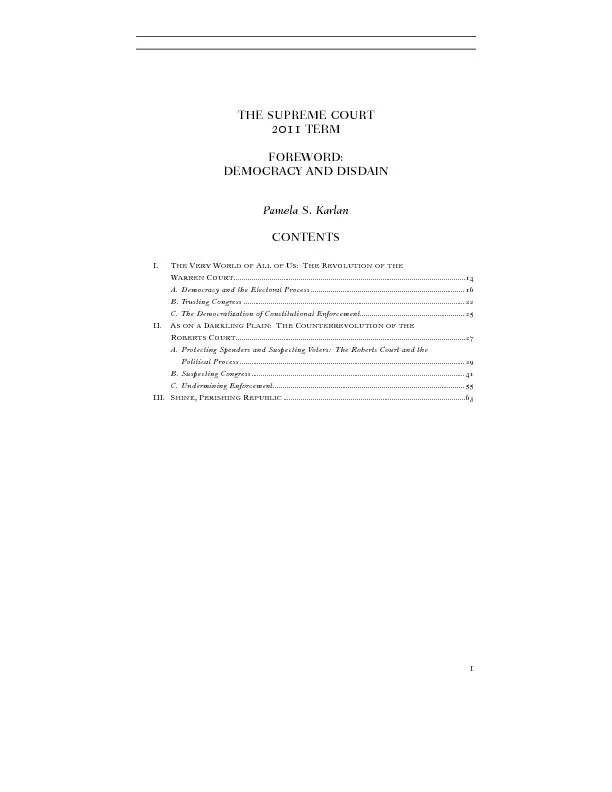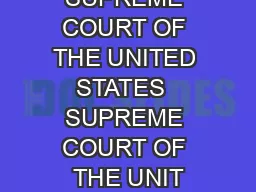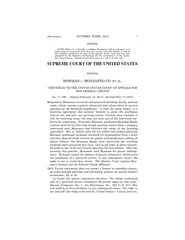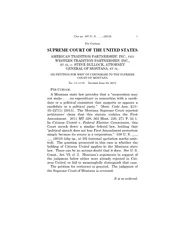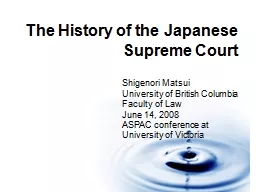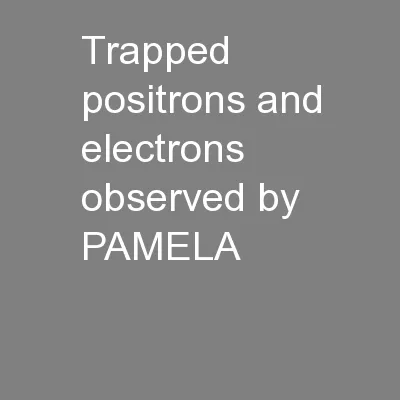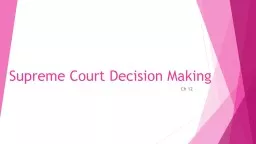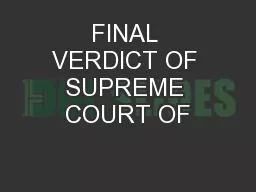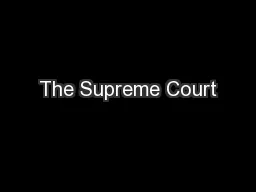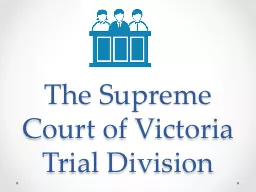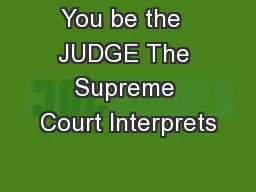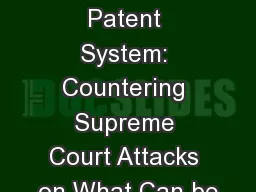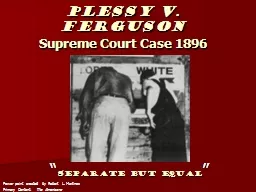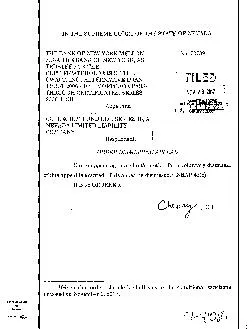PDF-THE SUPREME COURT TERM Pamela S. Karlan CONTENTSI. TERYORLDEVOLUTIO
Author : danika-pritchard | Published Date : 2016-11-23
HARVARD LAW REVIEW Vol THE SUPREME COURT TERM Pamela S Karlanometimes the Justices seem barely able to hide their disdain for the other branches of government Take
Presentation Embed Code
Download Presentation
Download Presentation The PPT/PDF document "THE SUPREME COURT TERM Pamela S. Karl..." is the property of its rightful owner. Permission is granted to download and print the materials on this website for personal, non-commercial use only, and to display it on your personal computer provided you do not modify the materials and that you retain all copyright notices contained in the materials. By downloading content from our website, you accept the terms of this agreement.
THE SUPREME COURT TERM Pamela S. Karlan CONTENTSI. TERYORLDEVOLUTIO: Transcript
Download Rules Of Document
"THE SUPREME COURT TERM Pamela S. Karlan CONTENTSI. TERYORLDEVOLUTIO"The content belongs to its owner. You may download and print it for personal use, without modification, and keep all copyright notices. By downloading, you agree to these terms.
Related Documents

